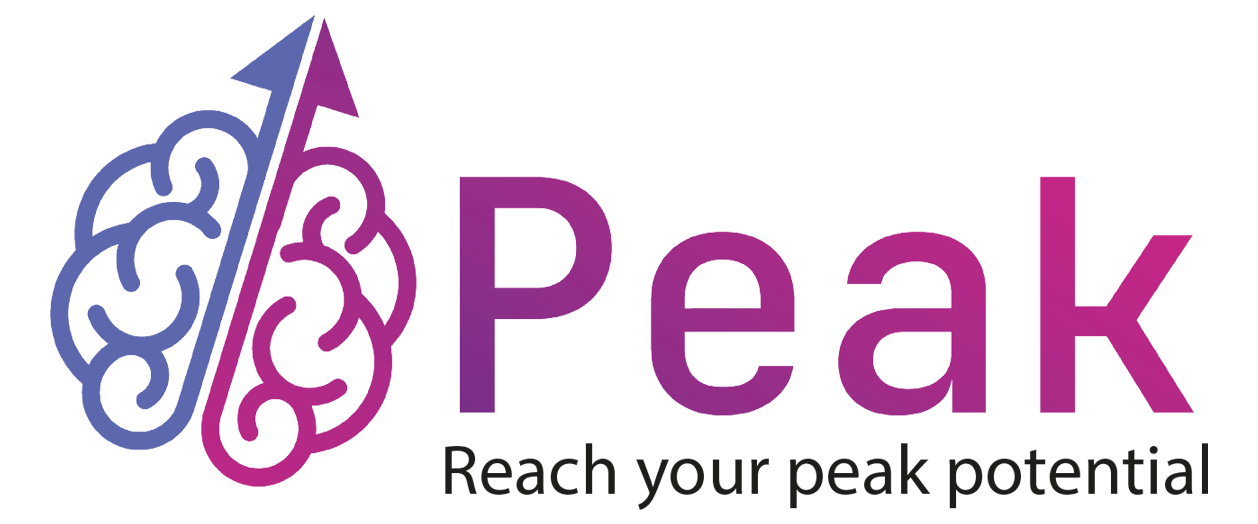Attention Deficit Hyperactivity Disorder (ADHD)
What is Attention Deficit Hyperactivity Disorder (ADHD)?
Attention Deficit Hyperactivity Disorder (ADHD), also referred to as attention deficit disorder (ADD), is a neurodevelopmental condition characterized by widespread difficulties with attention. In many instances, individuals with ADHD also display impulsive and hyperactive behaviors. These challenges frequently manifest as behavioral issues, posing significant obstacles in academic and professional settings, while also impacting social growth and interactions with peers.

Neurofeedback training for ADHD
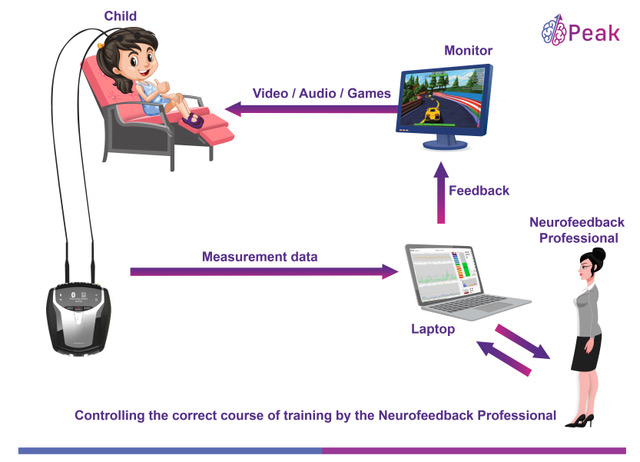
Neurofeedback is a technique used to train individuals to self-regulate their brainwave activity. In the case of ADHD, neurofeedback aims to address the brainwave abnormalities commonly associated with the condition and promote more optimal patterns of brain activity. For example if the ADHD individual suffer from high level of Theta waves (relaxation waves) he would struggle to focus attention in school or workplace, the role of neurofeedback is to train the person to decrease the Theta waves and accordingly improve his attention abilities. in other cases the ADHD individual may exhibit have insufficient Beta waves (Active thinking waves) and sequentially unable to perform or sustain attention, the role of neurofeedback training is to train the individual to increase Beta waves and accordingly attention and active thinking will improve.
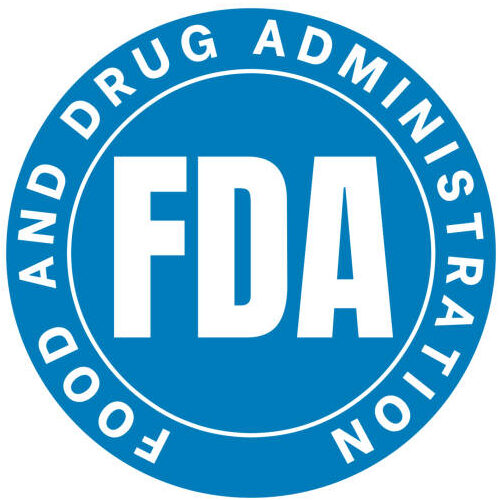
FDA-approved
Neurofeedback is an effective, FDA approved Intervention and considered as type of therapy for mental health.
Long Lasting
Neurofeedback training is designed to produce lasting changes in brainwaves patterns and self-regulate.
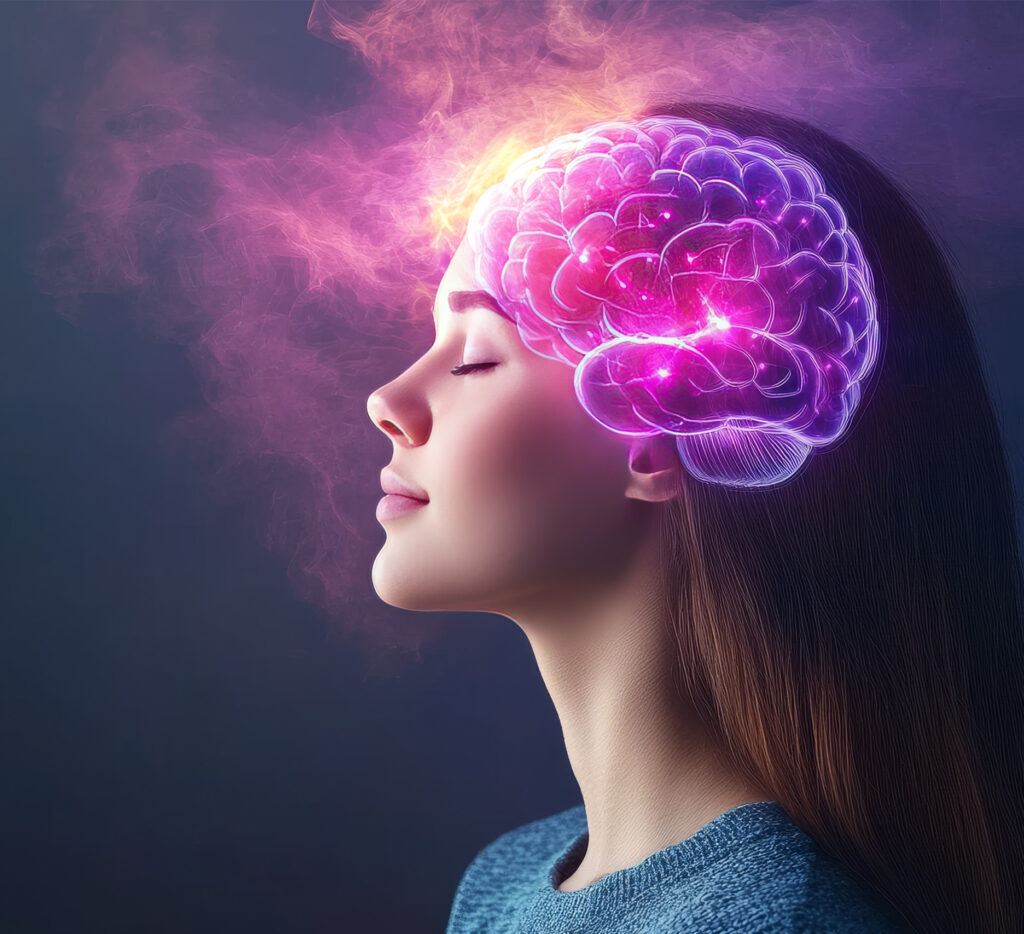
Personalised
It’s tailored for individual’s specific needs and brainwaves patterns. The goal of neurofeedback is to identify and address the specific dysregulations.

Natural and safe
It’s only a response to brainwaves activity. It’s safe, non-invasive, non-pharmacological, to brain registration.
Here's how neurofeedback process can potentially help correct brainwave abnormalities in ADHD:
Assessment:
The first step in Neurofeedback training for ADHD involves conducting an assessment to identify the specific brainwave patterns that are dysregulated in an individual. This assessment is usually done through quantitative electroencephalography (QEEG) or other similar methods.
Feedback and Reinforcement:
During a neurofeedback session, sensors are placed on the individual's scalp to measure their brainwave activity. This information is then fed into a computer system, which provides real-time feedback to the individual in the form of visual or auditory signals. The feedback is designed to represent the targeted brainwave patterns, such as increasing beta waves or reducing theta waves.
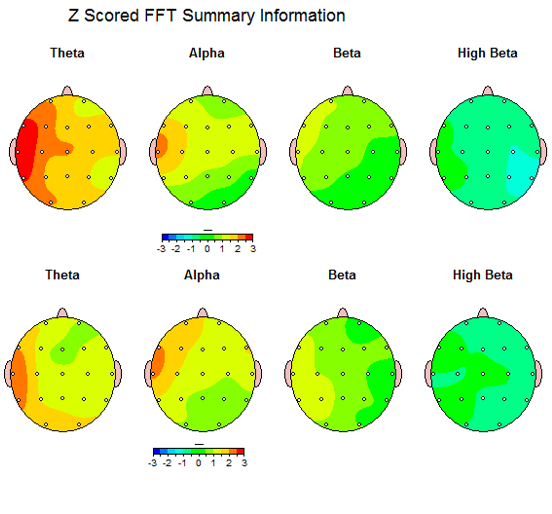
Decrease in excess Theta waves after neurfeedback in ADHD.
Self-Regulation Training:
The individual is guided to consciously modulate their brainwave activity in real time based on the feedback they receive. Through trial and error, they learn to recognize the desired brainwave patterns and adjust their mental state or engage in specific cognitive strategies to achieve those patterns. This training helps individuals develop greater control over their brainwave activity.
Repetition and Reinforcement:
Neurofeedback training is a gradual process that typically involves multiple sessions over weeks. Through repeated practice and reinforcement, the brain gradually learns to self-regulate and produce more optimal patterns of brainwave activity consistently.
Generalization and Transfer:
The goal of neurofeedback training is to not only improve brainwave patterns during the training sessions but also to promote the generalization of these improvements to real-life situations. The individual learns to apply the self-regulation skills acquired during neurofeedback sessions to their daily life, such as in academic tasks, work settings, or social interactions.
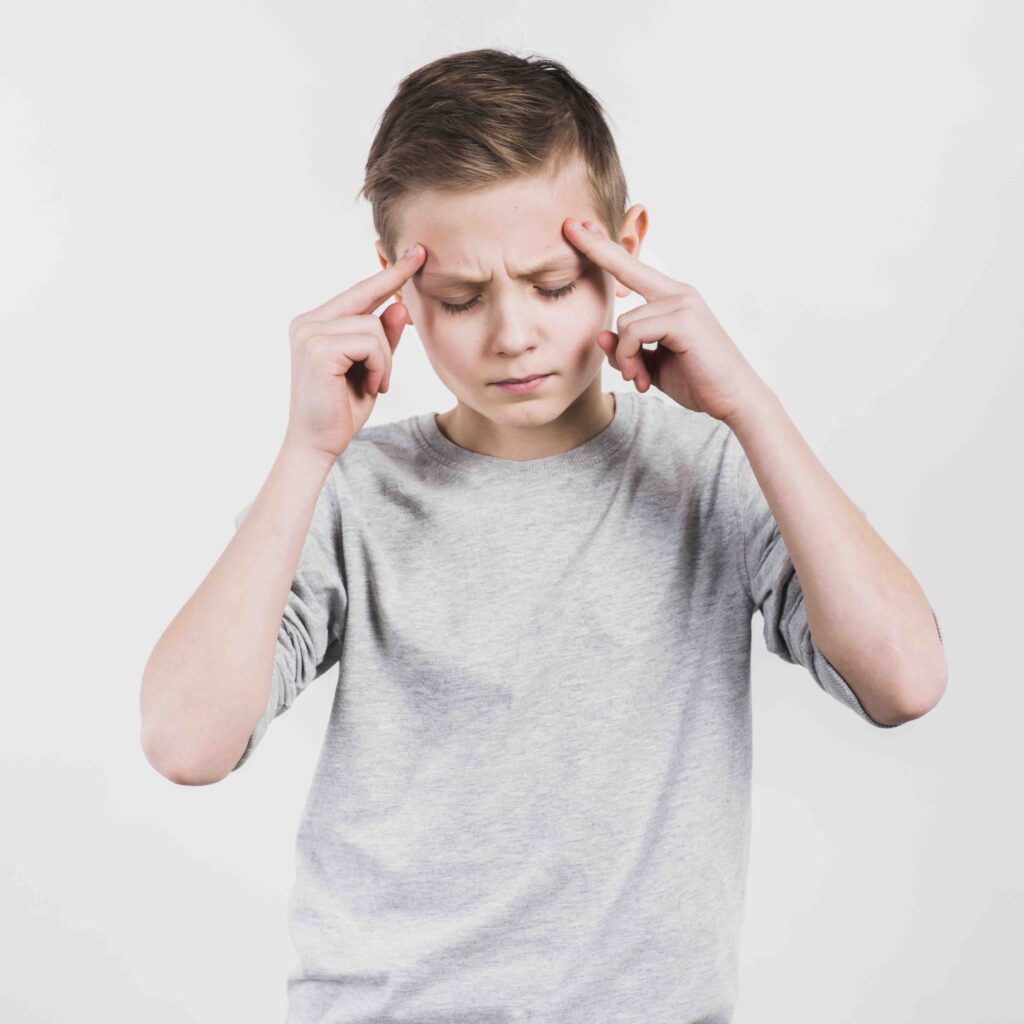
How ADHD Brains Work Differently?
In individuals with ADHD, there are observed differences in brainwave patterns compared to those without the condition. These differences typically involve abnormalities in specific frequencies of brainwave activity.
Here are some key examples of how ADHD brains may work differently in terms of brainwave activity:

Theta Waves
Theta waves are associated with daydreaming, relaxation, and drowsiness. In individuals with ADHD, there is often an excess of theta wave activity, particularly during periods of inattention or when the mind wanders. This abundance of theta waves can contribute to difficulties in maintaining focus and sustaining attention.

Beta waves
Beta waves are associated with focused attention, alertness, and active thinking. In individuals with ADHD, there can be variations in beta wave activity. Some individuals may exhibit excessive beta wave activity, leading to difficulty in filtering out distractions and maintaining attention on specific tasks. Others may have insufficient beta wave activity, which can result in difficulties with sustained focus and organization.

Alpha waves
Alpha waves are present when the mind is in a relaxed but alert state. In individuals with ADHD, there is often a decrease in alpha wave activity. This reduction in alpha waves may contribute to challenges in calming the mind and regulating attention.
It’s important to note that individual variations in brainwave patterns can occur, and not all individuals with ADHD exhibit the same brainwave abnormalities. Brainwave patterns can also change depending on factors such as the individual’s level of engagement, cognitive load, and external stimuli.
Who has ADHD?

Approximately 9.4% of children aged 2 to 17 have received a diagnosis of ADD/ADHD. This condition can be further complicated by the presence of a learning disorder, which adds to the academic hurdles these children face. Although the symptoms of ADD/ADHD typically manifest in childhood, they can persist into adulthood if left untreated. Mental Health records indicate that 5.4% of adult men and 3.2% of adult women have ADD/ADHD, yet research reveals that only around 20% of them have been formally diagnosed or received treatment. Females, in particular, often go undiagnosed as their primary challenge is inattention, with less emphasis on the disruptive hyperactivity frequently observed in males with ADHD.
Core Symptoms of ADHD
- A short attention span for everyday tasks (e.g. chores and homework)
- Distractibility
- Procrastination
- Disorganization
- Problems with follow-through
- Poor impulse control (e.g. speak before thinking)
Individuals with ADHD exhibit these symptoms based on sub-type:
- Inattentive
- Hyperactive
- Combined
It’s important to know that some of the symptoms of ADHD overlap with those of other mental health conditions, including oppositional anxiety, autism spectrum disorder, and bipolar disorder, however each condition has distinct underlying causes and necessitates specific treatment approaches.

What Causes ADHD?

The presence of a close family member with ADHD substantially raises the likelihood of developing the condition. While factors such as genetics, low birth weight, birth trauma, maternal smoking, alcohol or drug use, jaundice, brain infections, and head injuries can contribute to the manifestation of ADHD symptoms, the growing number of diagnoses can also be attributed to various detrimental influences in today’s world that adversely impact brain function. These influences include:
- Limited physical education in school
- Excessive use of video games/TV
- Diets filled with processed foods, artificial coloring, and synthetic preservatives
- Exposure to environmental toxins (i.e. pesticides in food)
Book Your Consultation
Giving you the opportunity to
Answer all your questions
Assess whether our services are suitable for your needs

